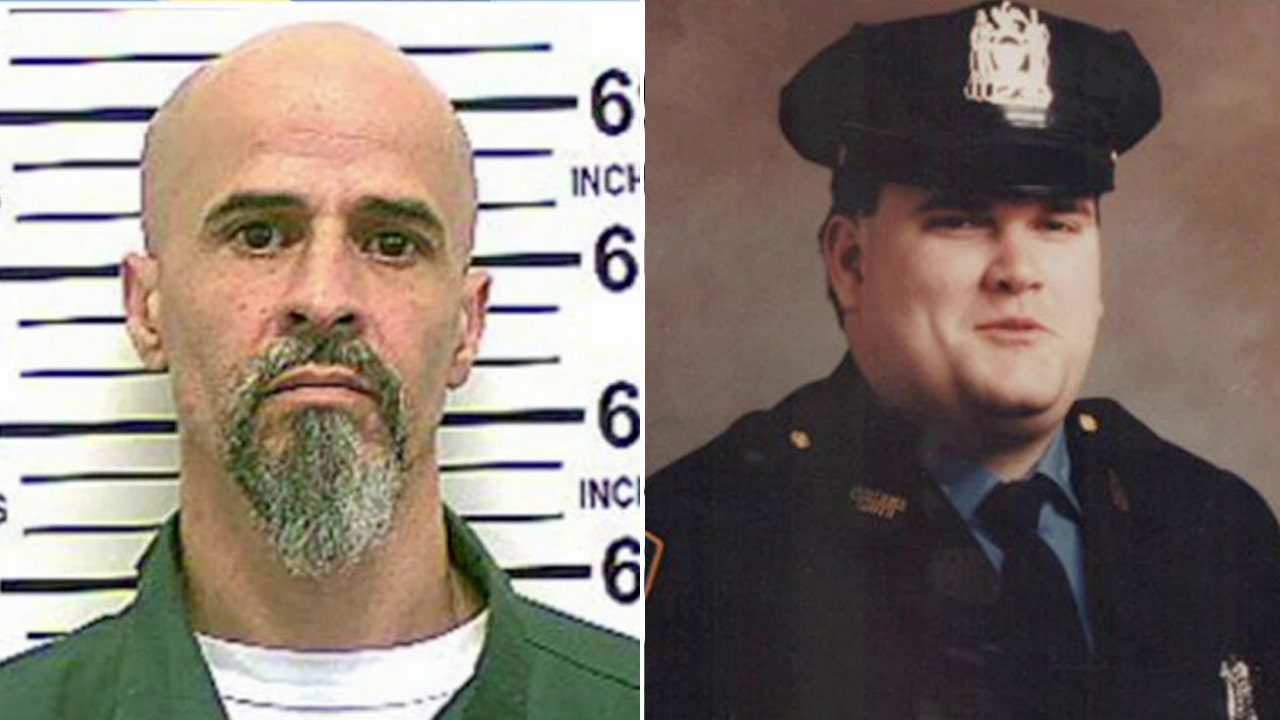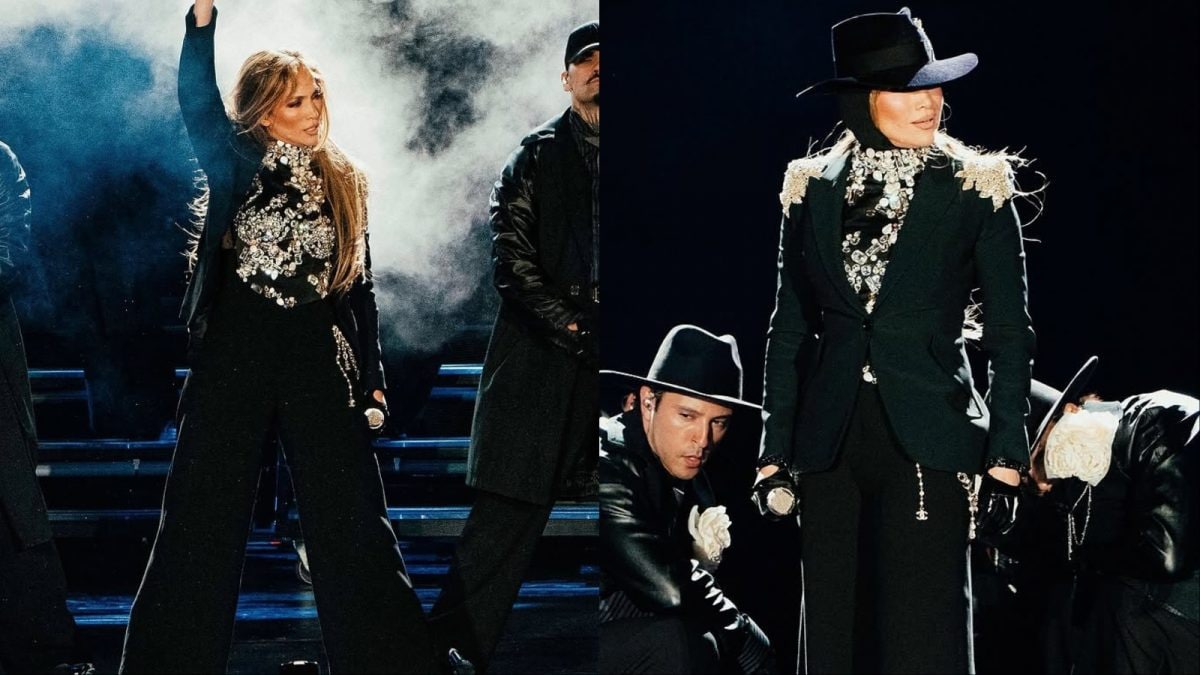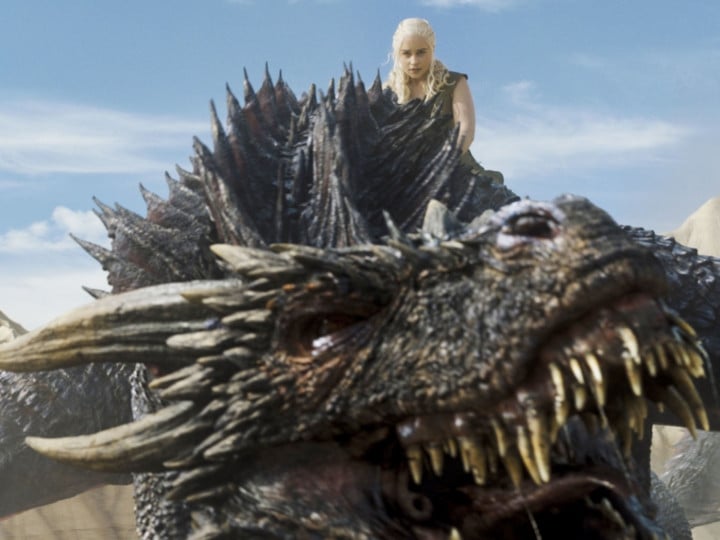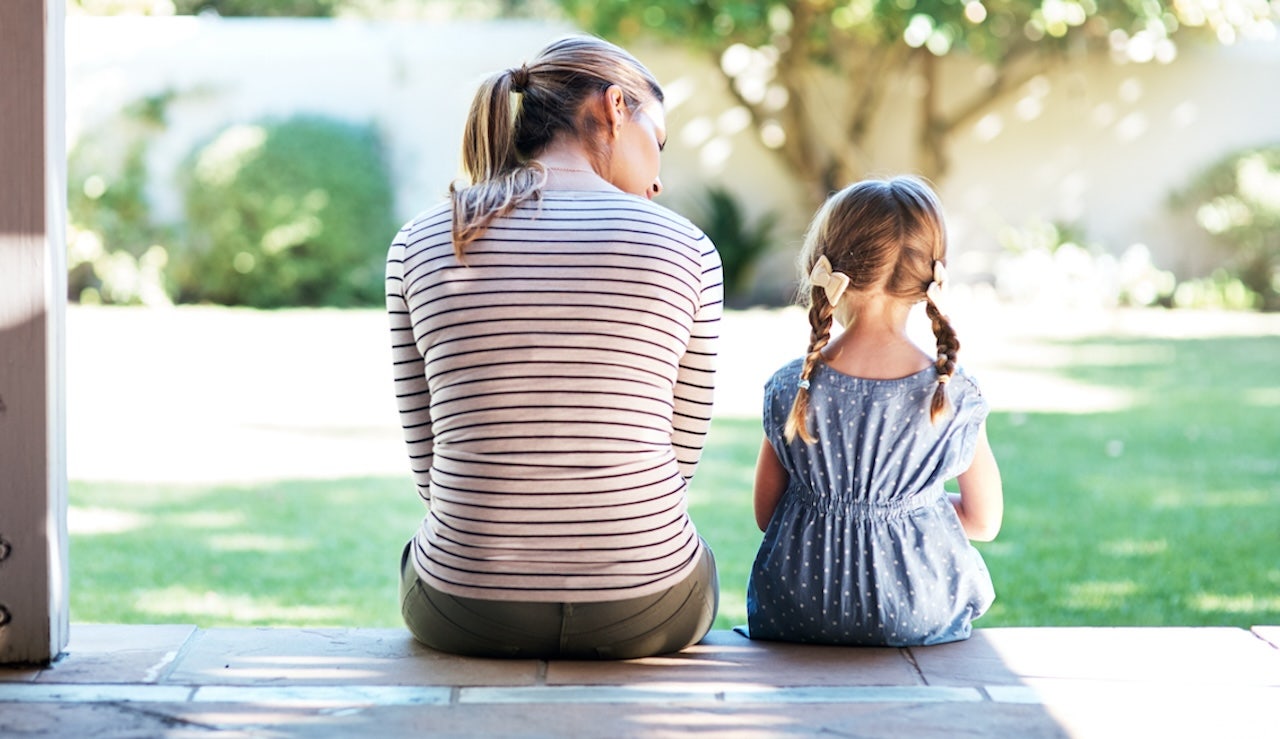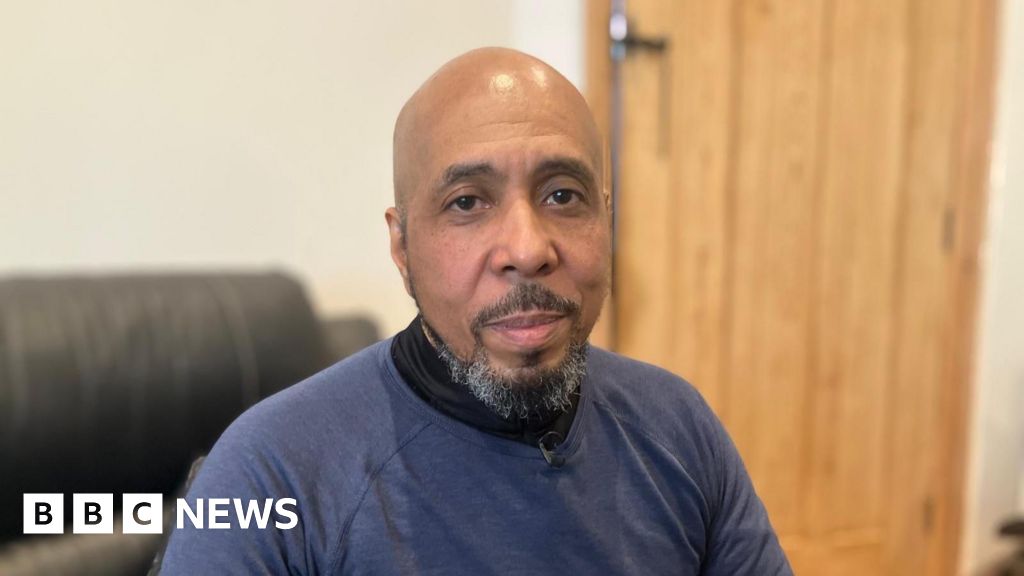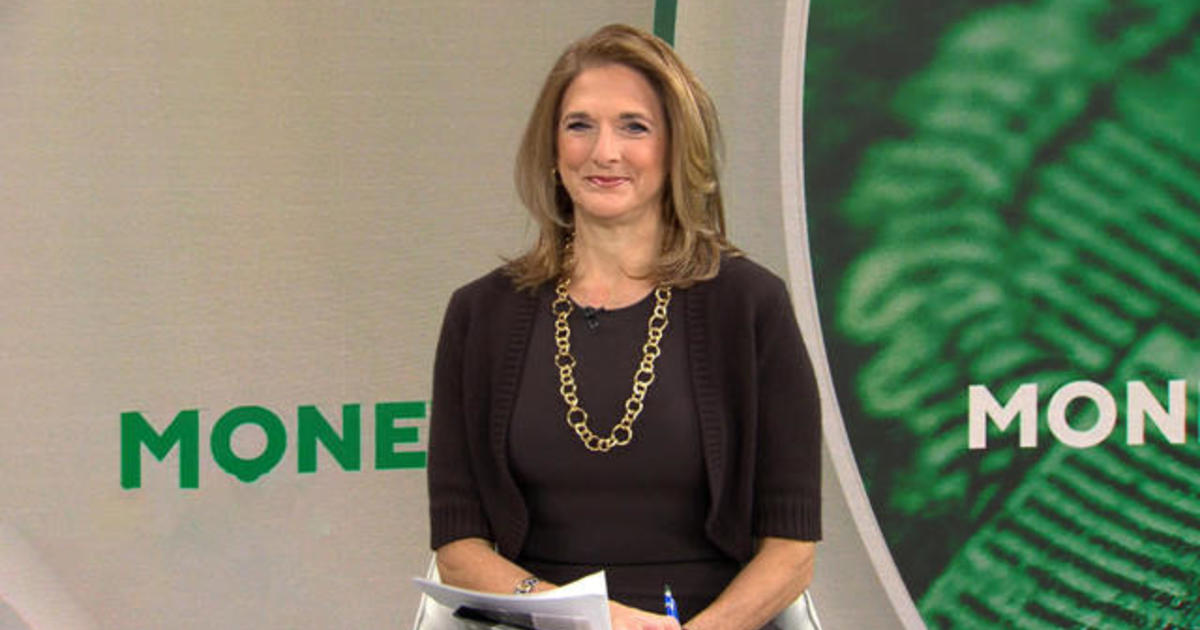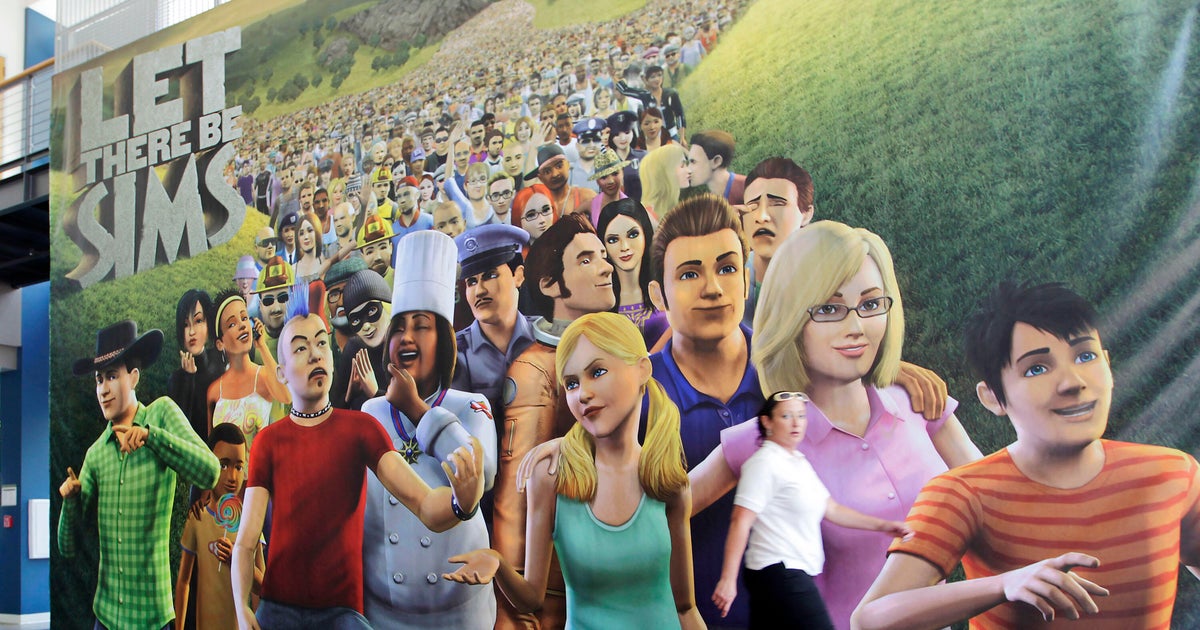The silence organic to the craft of ballet also pervades its institutional culture. Conditioned to be seen and not heard, dancers are sometimes reticent to speak about the often brutal physical and psychological training it takes to make it in such a rarefied world.
So how can one make a podcast, the very medium of spoken word, about the silent art form of ballet? Sisters and producers Erika Lantz (formerly of NPR) and Elin Lantz Lesser have done just that in the second season of their podcast “The Turning” (from Rococo Punch and iHeartRadio), which debuted in May 2021 with its first season focused on several women who had joined the order of Mother Teresa. The second season, subtitled “Room of Mirrors,” tells the story of Balanchine, the culture of his company before and after his death in 1983, and his standing in American ballet today.
Balanchine, known as “Mr. B” in the ballet world, is having something of a moment, even as the last generation of dancers who worked directly with him begins to pass. There is renewed interest in his legacy, positive and negative, even amid debates about the future of the art form related to questions of diversity, equity and patriarchal hierarchy.
Late last year, Jennifer Homans, dance critic at the New Yorker, published “Mr. B: George Balanchine’s 20th Century,” a formidable biography that came on the heels of Toni Bentley’s “Serenade,” about Balanchine’s seminal ballet. Also published recently: Alice Robb’s memoir “Don’t Think, Dear: On Loving and Leaving Ballet” and Meg Howrey’s novel “They’re Going to Love You,” both set in Balanchine’s world. With their podcast, the Lantz sisters are on top of the trend.
Theirs is the story of Balanchine as human more than artist. The first in the 10-episode series begins at the end — in 1983 at Balanchine’s deathbed at New York’s Roosevelt Hospital, where he is sharing a bottle of slivovitz with dancer (and podcast guest) Wilhelmina Frankfurt. Frankfurt, who appears throughout the podcast, speaks candidly about her time in the company.
The Lantzes then take us back to the beginning, to Balanchine’s upbringing at the Imperial Ballet School in St. Petersburg before and during the Russian Revolution. Nine-year-old Balanchine had accompanied his sister to her audition at the prestigious school, only to be accepted himself instead. His mother left him there on the spot — an abandonment that would haunt his entire life and oeuvre.
As with Mother Teresa in the podcast’s first season, a sense of religious devotion surrounds Balanchine. To work with him, even just to be in the halls of his school or theater, meant communing with the highest creative genius.
Former New York City Ballet dancer Stephanie Saland describes her time at the School of American Ballet as intoxicating: “There is something about being elite. You are being selected … in a particular arena where it is so super refined and closed to the outside world. We were christened — we were graced — to be allowed in the school and allowed to be in that studio and allowed to be in relationship to that organization — to the organization.”
As a former dancer who attended SAB, I can attest to this. And Mr. B.’s presence was everywhere, in the very grain of the studio floors. His ghost seemed to walk the halls, present in the stories each teacher told, in the expansive studio looking out on Amsterdam Avenue and in our own quiet reverie.
His standard of excellence permeated everything we did — in the studio and the wider world. I was taught to move in time — powerfully, elegantly — even how to hail a cab with flair, fingers held open to feel the air between them. I also learned how to really listen to music, and to appreciate physical pleasures such as fine wine and perfume. But, above all, the training demanded an intense devotion to work, all while keeping both physical and emotional pain unspoken.
Yet this podcast isn’t just for dancers or ballet devotees. In fact, Lantz said in a recent interview that they consider their audience primarily nondancers.
“Our goal, like with both of the seasons of our project, has been to be open enough that people who aren’t experts in the field we’re describing will be able to be interested,” she said, “but then complex enough that people who are in the community actually gain some value from listening.”
To this end, the podcast features scholars and writers who have devoted their lives to dance but are not necessarily dancers, opening the door to a wider audience. Among them is dance historian Lynn Garafola, who has a knack for bringing ballet to life in words, as with her description of “Serenade,” the first full-length ballet Balanchine choreographed after arriving in America in 1933.
Here, as in many of his works, the choreographer shunned plot in favor of an intense emotional landscape. At one point, Garafola explains, three women, in blue tulle with their hair down, dance with one man. They seem to be muses, the fates or lovers, and he must make a painful choice. “It never ceases to touch me,” Garafola says. “The sense of betrayal and abandonment. He moves on and leaves the other weeping on the floor.” The image recalls Balanchine’s own maternal abandonment as a child.
The podcast also examines the paternalistic culture at the heart of Balanchine’s world, a culture born from one man with godlike power. Lantz relates the emotional and physical trials of some of Balanchine’s women with a frankness that will be challenging for his network of stalwart defenders.
In one chilling recollection, writer Jim Steichen tells the story of Holly Howard, Balanchine’s first American muse. Steichen, who has been accused of unfairly criticizing the choreographer, says he happened upon an aside in one of Lincoln Kirstein’s diaries — an offhand comment noting that Howard “had her fourth abortion by Balanchine.”
This arc reaches its apex in the fifth episode, devoted to Balanchine’s successor, Peter Martins, who resigned as NYCB’s ballet master-in-chief in 2018 amid accusations of sexual and violent conduct. (Martins denied the allegations, and a subsequent internal investigation found no evidence of wrongdoing.)
The podcast then casts a wider net, looking at the current state of American ballet beyond Balanchine, Martins and the New York City Ballet. The change comes with a more personal episode, where Lantz Lesser speaks for the first time as she turns the microphone toward her sister. Lantz, who trained as a dancer through her teen years, speaks openly about how the culture of perfectionism and disordered eating in the dance world affected her entire family.
From there, episodes examine ballet and Balanchine’s legacy through a different lens: body image, race and Blackness in American dance, and gender and sexuality. The conversation becomes more solution-based: looking at who is speaking out in the ballet world today and thereby eroding the decades-long silence that pervades the form.
At the end, the Lantz sisters go back to the beginning. To Balanchine again, yes. But also to the childhood ballet studio, a defining place for generations of dancers and their dreams. A place of pain yet beauty, darkness yet light.
The Turning: Room of Mirrors is available on multiple audio-streaming services.


